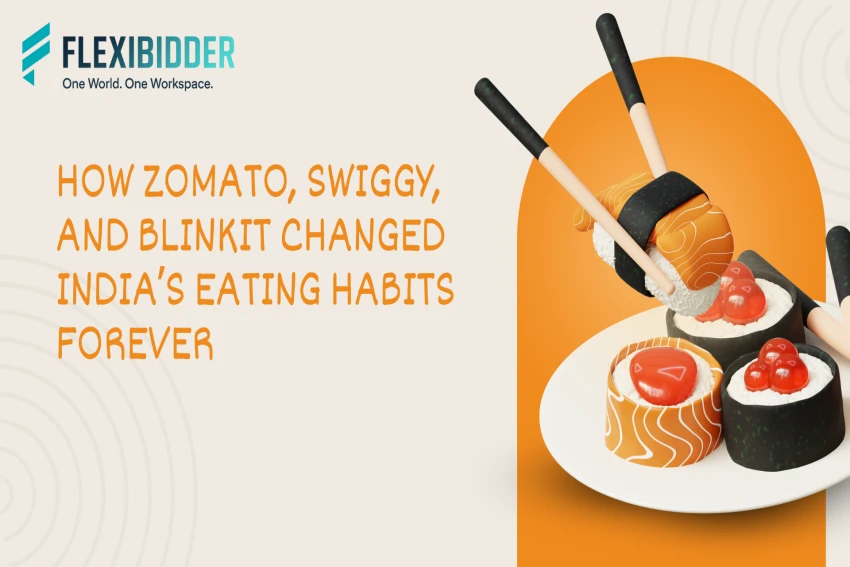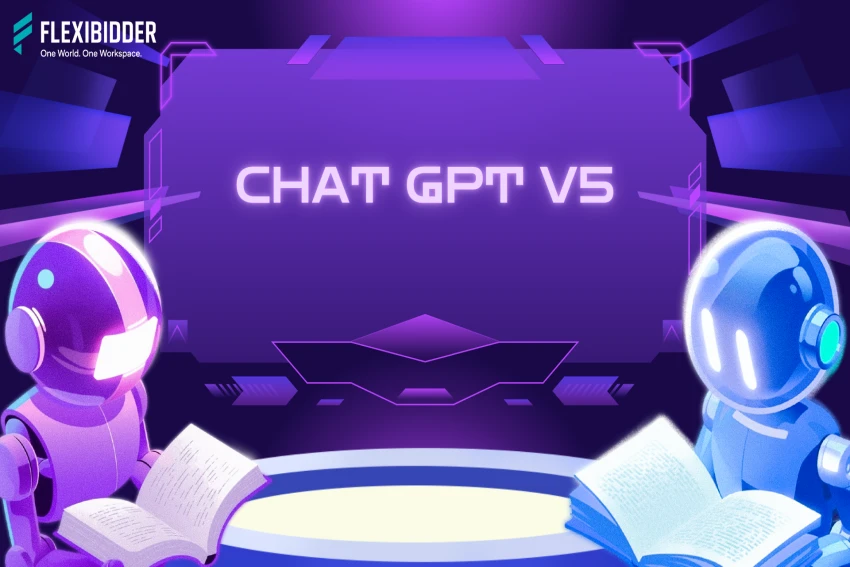
Over the past decade, Zomato, Swiggy, and now Blinkit have completely reshaped how India eats. From late-night cravings to 10-minute delivery, these platforms have made food and groceries accessible at the tap of a finger. What began as a convenience has now become a lifestyle—transforming eating habits in India in ways our grandparents could never have imagined.
When online food delivery India first gained traction around 2014–2015, it was mostly about ordering pizza or biryani from popular chains. But the industry evolved quickly:
Zomato started as a restaurant discovery platform and grew into one of India’s biggest food delivery players.
Swiggy entered with a focus on delivery logistics, even from restaurants without in-house delivery.
Together, they normalized the idea of ordering any cuisine—anytime, anywhere.
Today, even smaller cities have embraced this convenience, fueling the food tech India boom.
The arrival of Blinkit (acquired by Zomato) signaled the next big shift—quick commerce India. With promises of 10-minute delivery, grocery runs turned into instant gratification. This speed didn’t just change shopping habits—it influenced how people planned meals, stocked kitchens, and handled emergencies.
Late-Night Food Culture
Platforms have extended India’s dining hours. Midnight snacks, post-party meals, or study-time caffeine are just a click away.
Experimenting with Cuisines
People are trying new dishes without stepping out—Korean bibimbap, Japanese sushi, or Mediterranean hummus bowls are now common in Indian homes.
Reduced Home Cooking
Convenience has made ordering more frequent, especially for young professionals in metros.
Smaller, More Frequent Meals
Instead of three large meals, snack-sized orders and beverage deliveries are increasing.
Zomato and Swiggy have given small eateries access to massive customer bases. Cloud kitchens—restaurants without dine-in spaces—now thrive solely on online orders. While commissions are a concern for some vendors, the exposure has boosted many businesses.
While convenience is unmatched, increased dependency on online food delivery India has raised concerns about diet quality, portion control, and excess spending. On the flip side, healthy and diet-specific options have also found a market through these apps.
The future of food tech India will likely involve:
AI-driven meal recommendations based on order history and health goals.
Integration with fitness apps to promote balanced eating.
Expansion of quick commerce India to rural areas.
With Zomato, Swiggy, and Blinkit competing fiercely, India’s food delivery ecosystem is only set to become faster, more personalized, and more deeply woven into daily life.
From changing meal timings to introducing exotic flavors at home, Zomato, Swiggy, and Blinkit have permanently altered eating habits in India. The fusion of convenience, technology, and speed means the “future of food” isn’t coming—it’s already here.
No comments yet. Be the first to comment.

The release of ChatGPT-5 has sparked a new wave of innovation in the global tech ecosystem — a...

The business world is evolving faster than ever. In 2025, adaptability, innovation, and tech-driven...